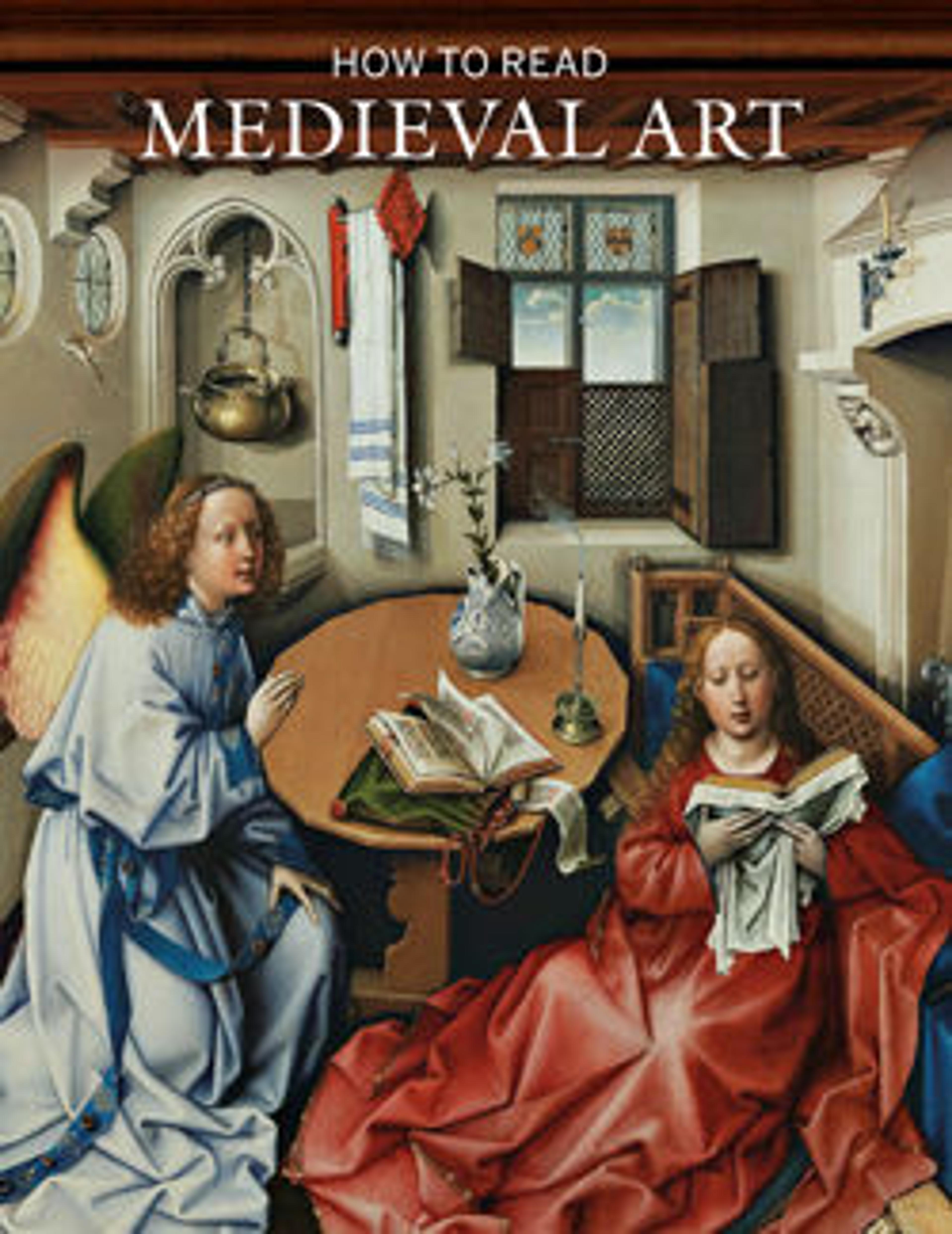English
Virgin and Child
This monumental yet intimate image of the Virgin and Child was probably a gift of John the Fearless, Duke of Burgundy (d. 1419), or his wife, Margaret of Bavaria (d. 1424), to the convent they founded dedicated to the Franciscan order of Poor Clares at Poligny. As court sculptor to the Burgundian dukes in Dijon, the influential artist Claus de Werve, to whom this sculpture is attributed, created many works for his patrons, and this sculpture is one of his masterpieces. The curly-headed child Jesus looks up at his mother as she balances him and a large book on her lap. This tender moment between mother and son is, at the same time, a presentation of a sophisticated theological theme. The clue to understanding it is the Latin inscription on the bench. Taken from the Book of Ecclesiasticus, dedicated to and extolling wisdom, it reads, "From the beginning, and before the world, was I created" (24:14). Although by the thirteenth century the Church applied this text, which refers to Wisdom as a feminine entity, to discuss Mary, it was Christ as God incarnate who was seen as the personification of divine Wisdom on earth and Mary the vessel, or throne, that bore him.
Artwork Details
- Title: Virgin and Child
- Artist: Attributed to Claus de Werve (Netherlandish, active in France, ca. 1380–1439, active Burgundy, 1396–ca. 1439)
- Date: ca. 1415–17
- Geography: Made in Poligny, Burgundy
- Culture: French
- Medium: Limestone with paint and gilding
- Dimensions: Overall: 53 3/8 x 41 1/8 x 27 in. (135.5 x 104.5 x 68.6 cm)
- Classification: Sculpture-Stone
- Credit Line: Rogers Fund, 1933
- Object Number: 33.23
- Curatorial Department: Medieval Art and The Cloisters
Audio
865. Kids: Virgin and Child
0:00
0:00
We're sorry, the transcript for this audio track is not available at this time. Please email info@metmuseum.org to request a transcript for this track.
More Artwork
Research Resources
The Met provides unparalleled resources for research and welcomes an international community of students and scholars. The Met's Open Access API is where creators and researchers can connect to the The Met collection. Open Access data and public domain images are available for unrestricted commercial and noncommercial use without permission or fee.
To request images under copyright and other restrictions, please use this Image Request form.
Feedback
We continue to research and examine historical and cultural context for objects in The Met collection. If you have comments or questions about this object record, please contact us using the form below. The Museum looks forward to receiving your comments.
